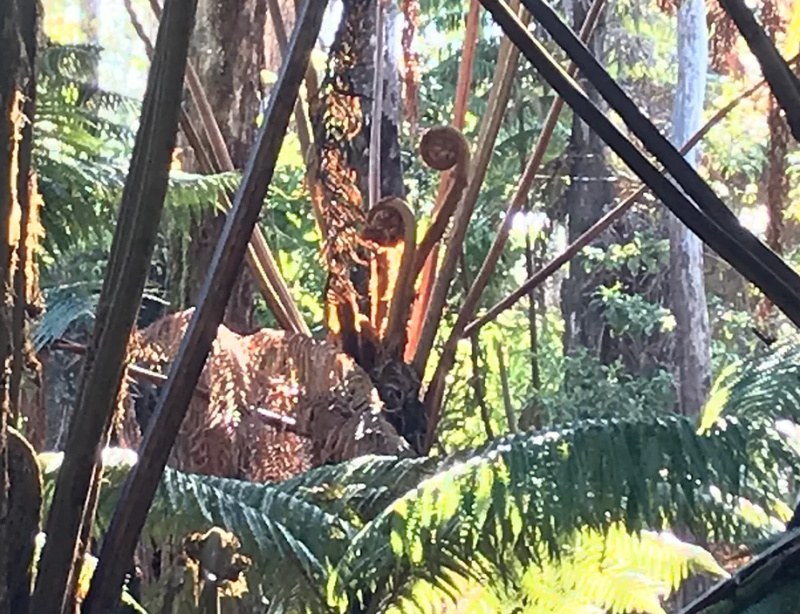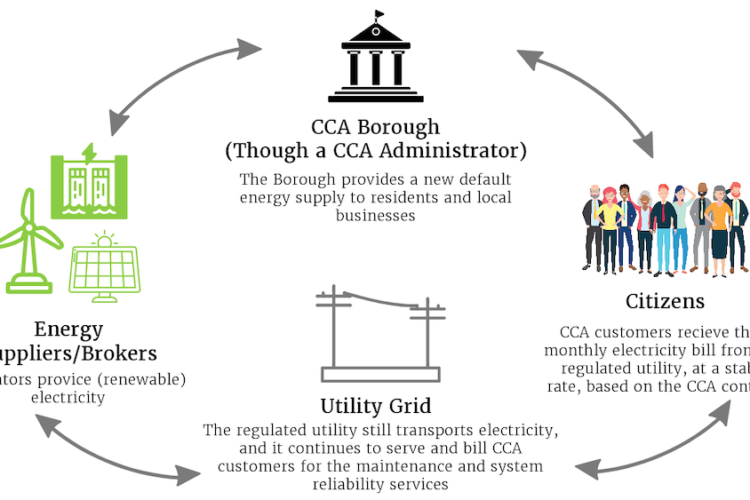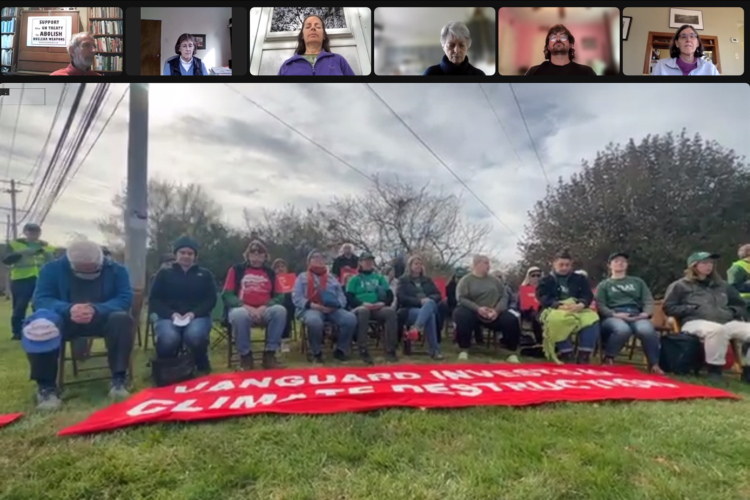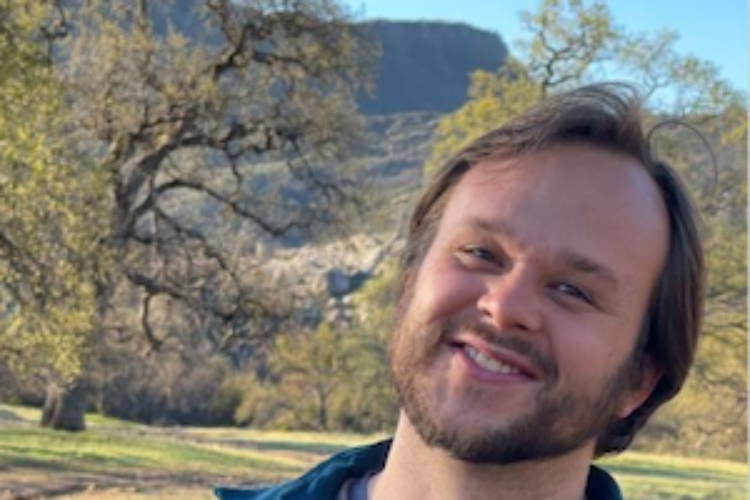Rainforest Restoration in Hawaii

By Yumi Teresa Radtke Kawano.
Editor’s Note: Yumi invited the Quaker Earthcare Witness Steering Committee on a virtual tour of her home in April, and I had the opportunity for a longer tour and conversation a few weeks before. I invite you to imagine you are there with us, as Yumi tells us about her home in her own words. As she says, “You get a feel for people by getting a tour of their hale, home, in Hawaiian.
I am passionate about rainforest restoration. Our mission is to restore our Hawaii Island and to find a healthy, safe, and balanced way of life.
My husband, son, and I live on two acres, restoring the native rainforest. Half our land is certified restored by NRCS; the Natural Resource Conservation Service gave us grants for three years to do this. Restoring native trees and plants all over the Earth will reverse drastic climate change, as oxygen is put back into the atmosphere by our plant friends. They remove the dreaded carbon dioxide! We would restore not only our land and water but our souls too! Come on over for a tour and a cup of tea or Java! Aloha!
I’m a biologist and I feel grateful and privileged to be able to steward this land, the Kipuka Refuge. Kīpuka means “land that has been spared by lava.” It’s sacred ground. It’s not my land; it’s Hawaiian land. We worship in the rainforest [as Volcano Friends for the Truth and Peace].
We believe we are part of the solution to climate change, the climate catastrophe. We know that putting trees in the ground is one way to prevent disaster. We have hāpuʻu ferns here, old, gigantic ferns. We also have 600-year-old ohia trees. We have lemons and limes, tangerines, and a banana tree. This is a refuge for plants. I love people too, and I want people to be able to come here for a safe place too. We want to be an educational center, a gathering place, where people can visit and talk about restoration.
It takes planned and wise use of our lands and resources for future generations to thrive. We can all build community by finding ways to get our need for goods and services met locally by buying or trading with each other. Here we live with a 5,000-liter water catchment tank. I have always had a dream of being self-sufficient and we are getting to a point to where we need to become that. We’re growing artichoke, tomatoes, kale, spearmint, parsley, herbs, and sweet potatoes.
I’ve been experimenting with putting plants together in my garden. Some plants do really well together, they’re so different. We also all do better together, and that’s what makes it so interesting to learn and grow.
I’ve also found that a lot of native plants are coming out on their own [after removing the invasives thanks to the NRCS grant]. There’s a lesson there about restoring the Earth, and restoring Indigenous peoples’ lives: to let them teach us. If we take the invasive species out physically—kind of like me, because I’m not from here—they stop being the dominant species. Then the native plants come up on their own and that’s a beautiful miracle. The same is true with native people. We can encourage them and ask them to teach us.
Integrating Western knowledge and Indigenous knowledge is so important, especially for healing the Earth. That could be the biggest lesson we need to share…We need to be witnesses and do it as fast and be as extraordinary as we can be. We have to hurry and get past the talking and go to the action. How do you spur people to action? How do you make it fun? I don’t have time to read—those trees have to be planted.
Yumi Teresa Radtke Kawano worships with Volcano Friends for the Truth and Peace and serves as one of Pacific Yearly Meeting’s Representatives to QEW. She is a former teacher and biologist.


